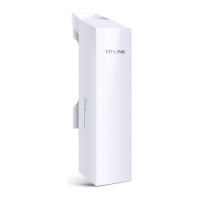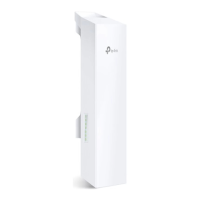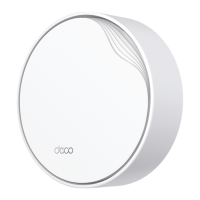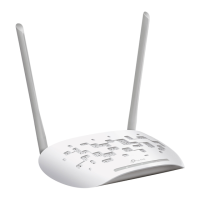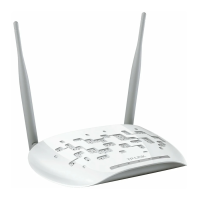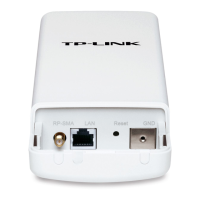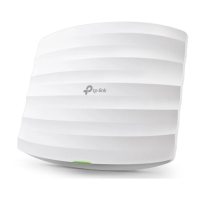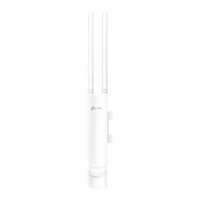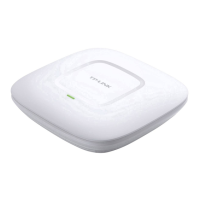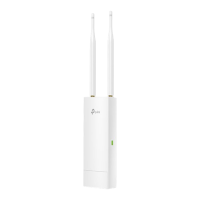Do you have a question about the TP-Link Pharos CPE220 and is the answer not in the manual?
Lists all items included in the package for the outdoor CPE.
Explains the meaning of different LED indicators on the CPE.
Illustrates the physical ports and buttons on the CPE and PoE adapter.
Discusses factors like mounting height and orientation for optimal placement.
Details the process of connecting the CPE and power adapter, and mounting the hardware.
Explains methods for grounding the device to prevent lightning and ESD damage.
Guides on setting a static IP and accessing the device's web interface.
Details how to configure the CPE for common wireless bridge scenarios.
Instructions on resetting the CPE using the reset button on the device or adapter.
Formula and explanation for calculating optimal CPE mounting height using Fresnel Zone.
Explanation of the proprietary MAXtream protocol and its advantages.
Guide on using Spectrum Analysis to identify optimal wireless channels.
Lists all items included in the package for the outdoor CPE.
Explains the meaning of different LED indicators on the CPE.
Illustrates the physical ports and buttons on the CPE and PoE adapter.
Discusses factors like mounting height and orientation for optimal placement.
Details the process of connecting the CPE and power adapter, and mounting the hardware.
Explains methods for grounding the device to prevent lightning and ESD damage.
Guides on setting a static IP and accessing the device's web interface.
Details how to configure the CPE for common wireless bridge scenarios.
Instructions on resetting the CPE using the reset button on the device or adapter.
Formula and explanation for calculating optimal CPE mounting height using Fresnel Zone.
Explanation of the proprietary MAXtream protocol and its advantages.
Guide on using Spectrum Analysis to identify optimal wireless channels.
| Wireless Standards | IEEE 802.11b/g/n |
|---|---|
| Frequency | 2.4GHz |
| Antenna Gain | 12dBi |
| Memory | 64MB DDR2 RAM, 8MB Flash |
| Button | Reset Button |
| Voltage range | 16-27VDC |
| Wireless Speeds | 300Mbps |
| Wireless Security | WEP, WPA/WPA2, WPA-PSK/WPA2-PSK |
| Transmit Power | Up to 27 dBm |
| Ethernet Ports | 1 x 10/100Mbps Ethernet Port |
| Power Supply | 24V Passive PoE (Pairs 4, 5+;7, 8-) |
| Operating Temperature | -30°C to 70°C |
| Processor | Qualcomm Atheros |
| Interface | 1 Grounding Terminal |
| Power Consumption | 10.5W max |
| Operating Modes | AP / Client / AP Router / AP Client Router (WISP) |
| Storage Temperature | -40°C to 70°C (-40°F to 158°F) |
| Operating Humidity | 10% to 90% non-condensing |
| Storage Humidity | 5% to 90% non-condensing |
| Weight | 0.6 kg (1.32 lb) |

